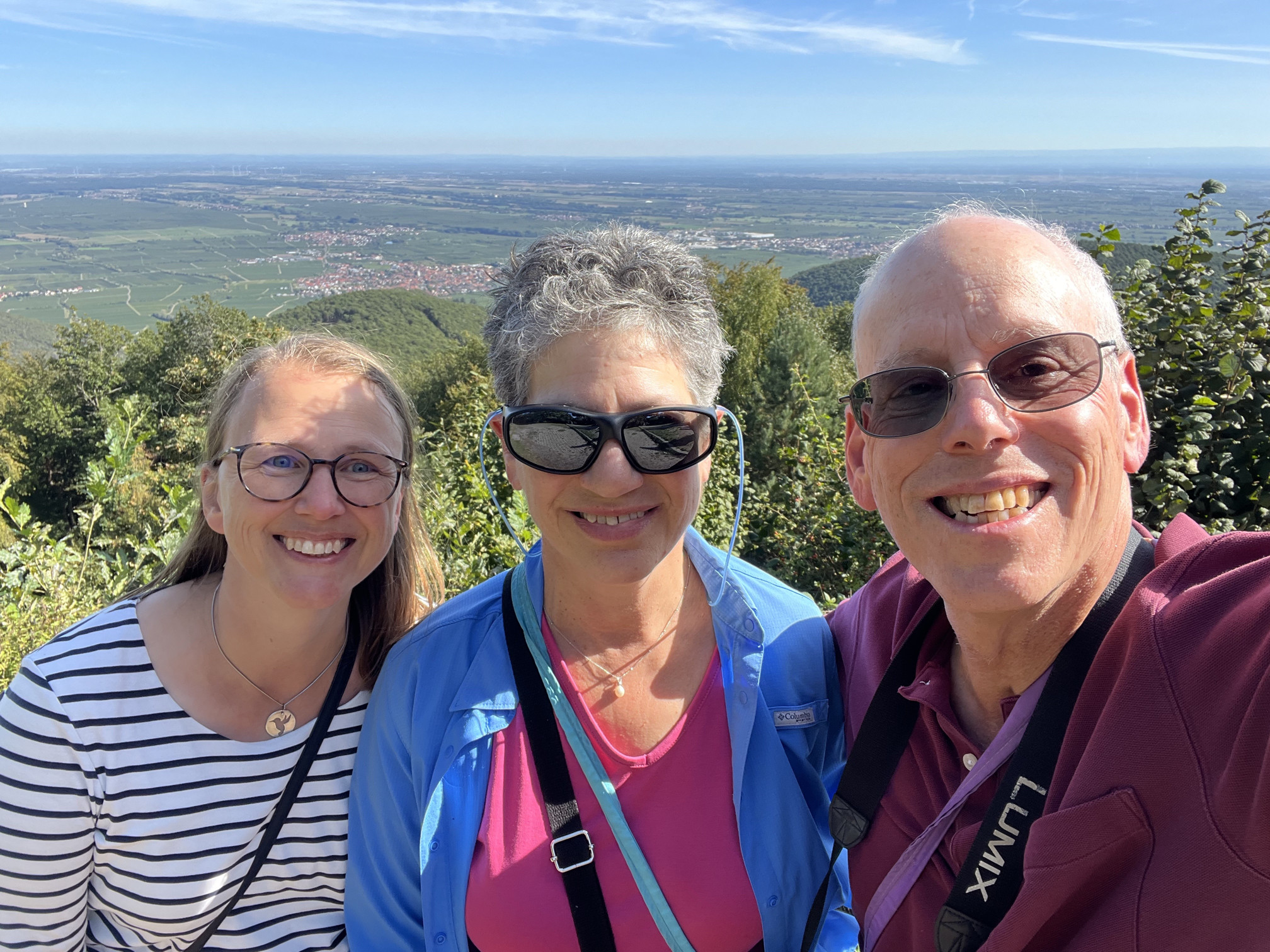Veritasium: Why It Was Almost Impossible to Make the Blue LED. “The blue LED was supposed to be impossible—until a young engineer proposed a moonshot idea.” (YouTube, 33:44min)
Chain stitch and lock stitch
Veritasium: The Surprising Genius of Sewing Machines. (YouTube, 18:42min) “Sewing machines are mechanical marvels – here’s how they work.”
“Aber es ist natürlich schon kein freies Leben mehr, wenn überall nur Polizeischutz freies Leben ermöglicht”
Markus Lanz vom 1. November 2023: Jüdin kritisiert mangelnden Schutz in Deutschland. (YouTube, 30:46min)
Die gesamte Sendung kann man hier anschauen: Nahost-Debatte bei “Lanz” : Habeck warnt vor “Weltbrand” und “Armageddon” (75min)
“Die in Berlin lebende jüdische Schriftstellerin Deborah Feldman entgegnete mit Blick auf die Angriffe vom 7. Oktober: “Es wurde immer wieder wiederholt: ‘Es gibt keinen Kontext, keine Rechtfertigung, keine Erklärung für diese Gewalt.’ Im selben Atemzug sagen wir: ‘Es gibt einen Kontext für die Gewalt gegen Palästinenser.'”
Wir können nicht auf beiden Hochzeiten tanzen.
Die aus ihrer Sicht “einzige legitime Lehre des Holocausts” sei “die absolute, bedingungslose Verteidigung der Menschenrechte für alle”. Das gelte aber im Moment nicht in gleichem Maße für Palästinenser im Gazastreifen.
Feldman kritisierte darüber hinaus die Debatte in Deutschland, bei der Jüdinnen wie sie nicht gehört würden, die sich für ein Ende der Gewalt einsetzten. “Ich bin entsetzt darüber, wie Juden im Prinzip hier nur als Juden gelten können, wenn sie das rechtskonservative Vorhaben der israelischen Regierung darstellen. Ich bin entsetzt, wie wir behandelt werden dürfen”, sagte sie und fügte an die Adresse von Habeck und der Bundesregierung an:
Sie schützen Juden in diesem Land selektiv.”
Zu dem Thema hat der Vizekanzler ein Statement abgegeben: Robert Habeck zu Israel und Antisemitismus. Vice chancellor Habeck’s speech is also available with English, Hebrew and Arabic subtitles. (YouTube, 9:40min)
Video and text in these four languages are also available here.
Weblogger meets Weblogger
This afternoon I had the pleasure of meeting David of Read This Blog! fame and his wife Diane. They are currently on a river cruise in Germany and stopped in Speyer, close to where André and I live.
I took them on a little excursion to the Palatinate Forest and along the Deutsche Weinstraße. The weather was perfect, and we had a nice view from the Kalmit:

(Photo courtesy of David Singer.)
The last time David and I met was on May 17, 2000 in Amsterdam at a Scripting News Dinner. Who would have thought that bloggers from that era would still meet each other decades later!
Dutch = German = English = Danish = Norwegian = Swedish?
King Ming Lam: Dutch & German dialogue that sounds like English. (YouTube, 20:37min)
“Germanic languages share a common ancestor and are closely related. Normally, most of them are different enough that they’re not mutually intelligible. But is it possible to construct “universal” dialogues of Germanic languages that can be mutually understood by various Germanic languages? In this video I constructed an example. You will hear what it sounds like in various Germanic languages, not just in mainstream Germanic languages, but also in lesser known languages like Frisian and Low German. And what would it sound like in their common ancestor language Proto-Germanic? I shall answer that question and also provide a brief historical and linguistic overview of Germanic languages.”
Link via MetaFilter.
I speak German, English and Plattdeutsch (version of Low German), and this was fascinating to listen to. I’ve been thinking about the similarities between the languages for a long time, but I didn’t think it was possible to construct sentences that were intelligible in all three languages.
